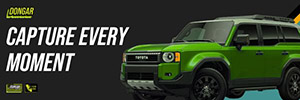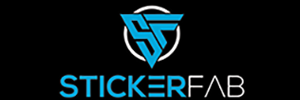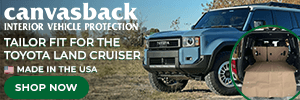Google Translate is helpful, but there are details missed:
You won’t find this level of technical detail from US or European manufacturers. There’s an appetite for it in Japan, which fosters better engineers, which results in better products.
You won’t find this level of technical detail from US or European manufacturers. There’s an appetite for it in Japan, which fosters better engineers, which results in better products.
Last edited:


